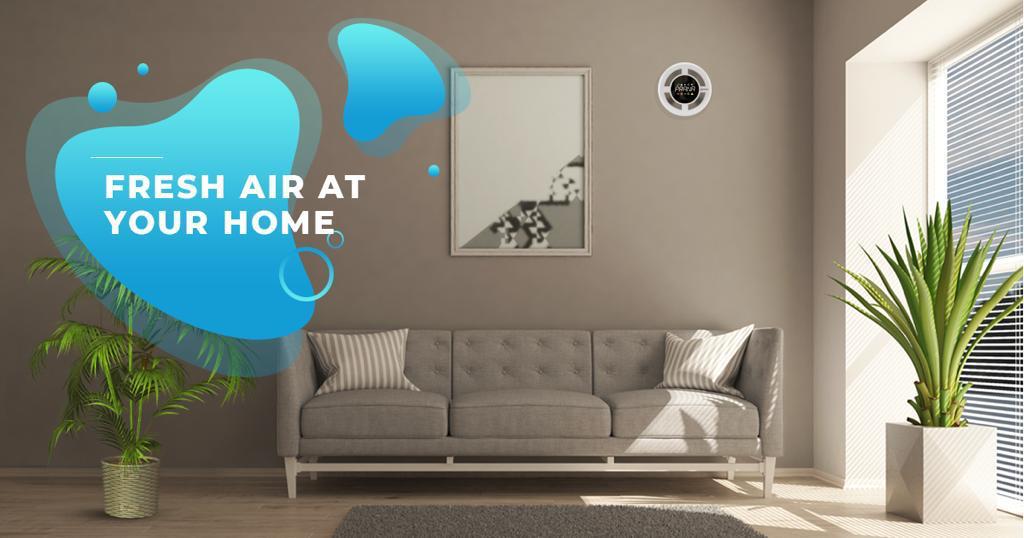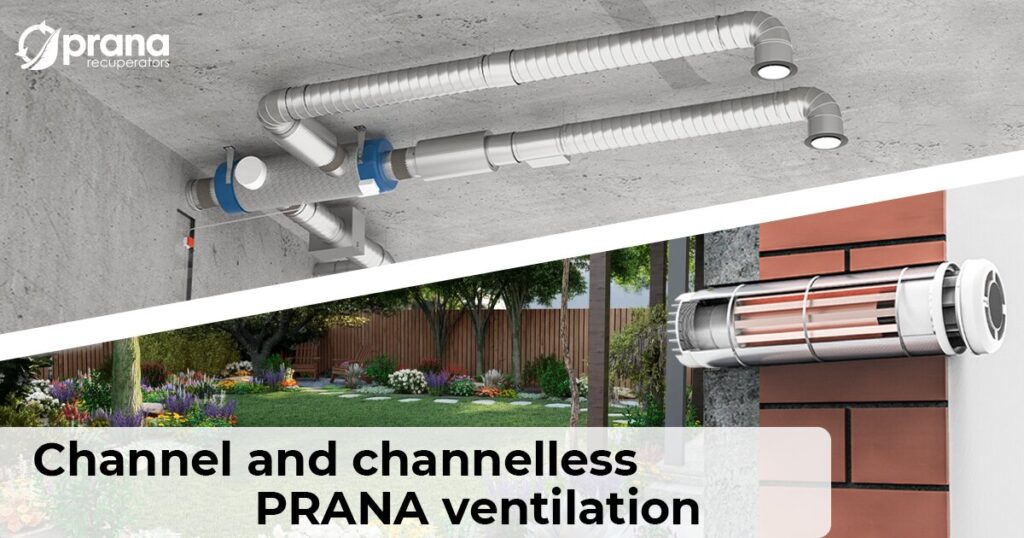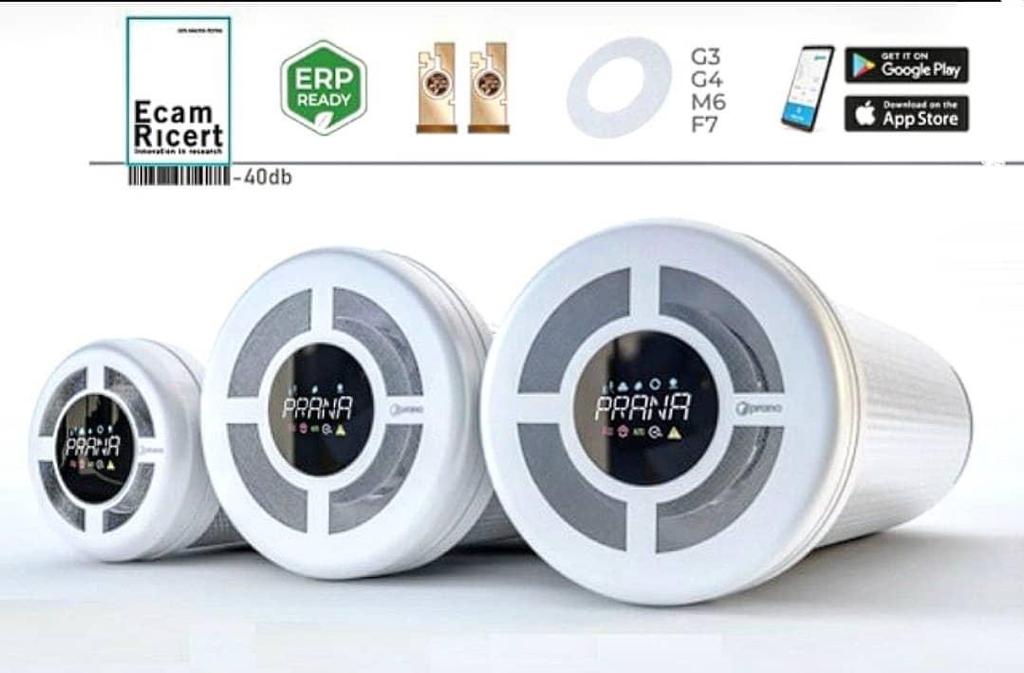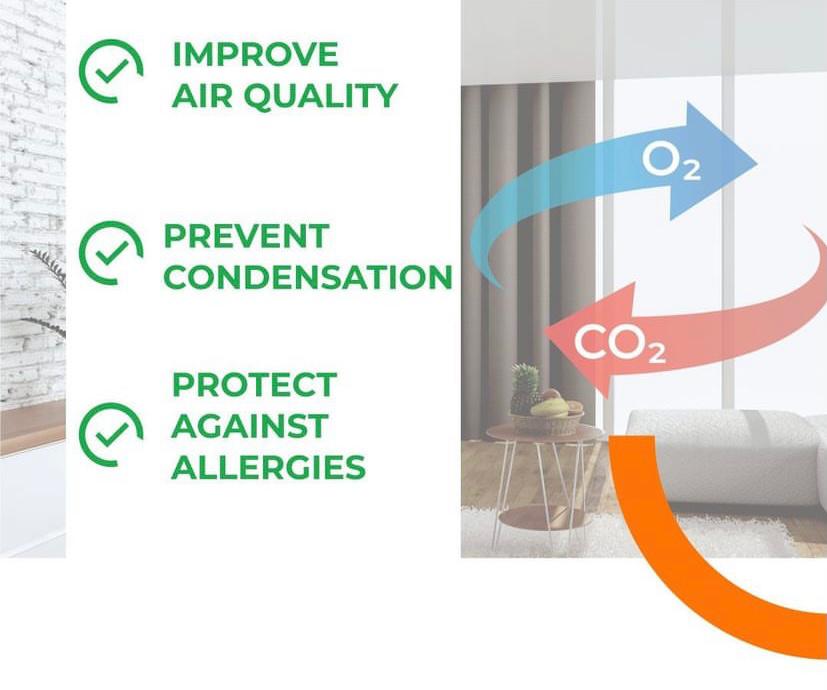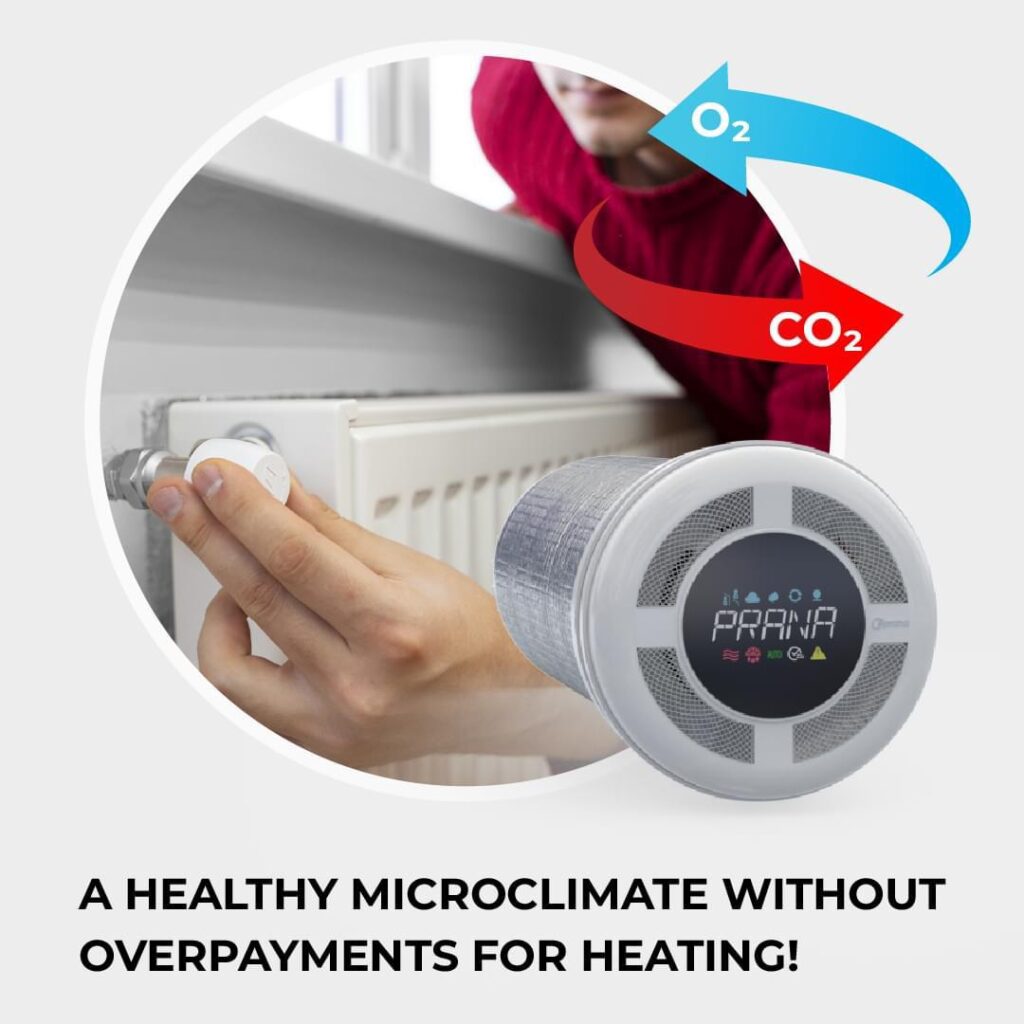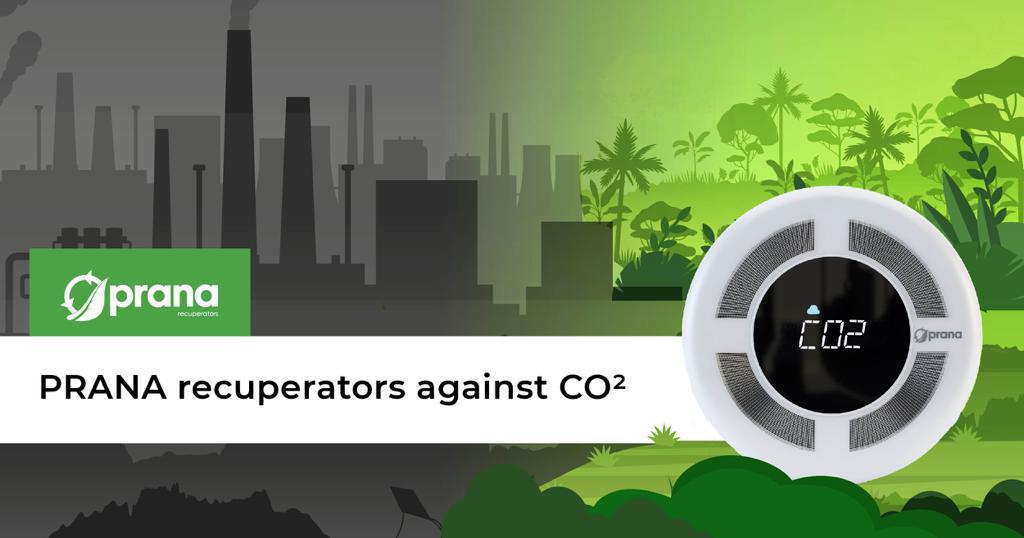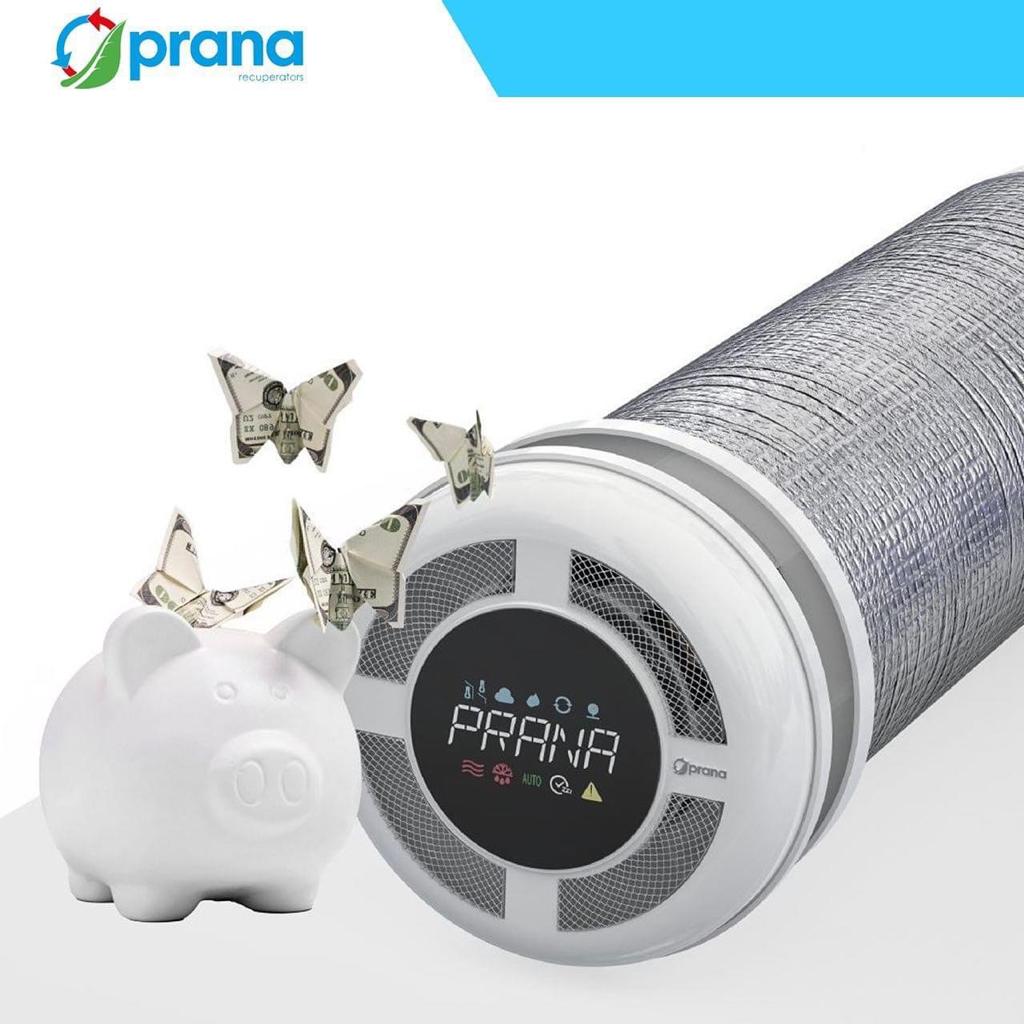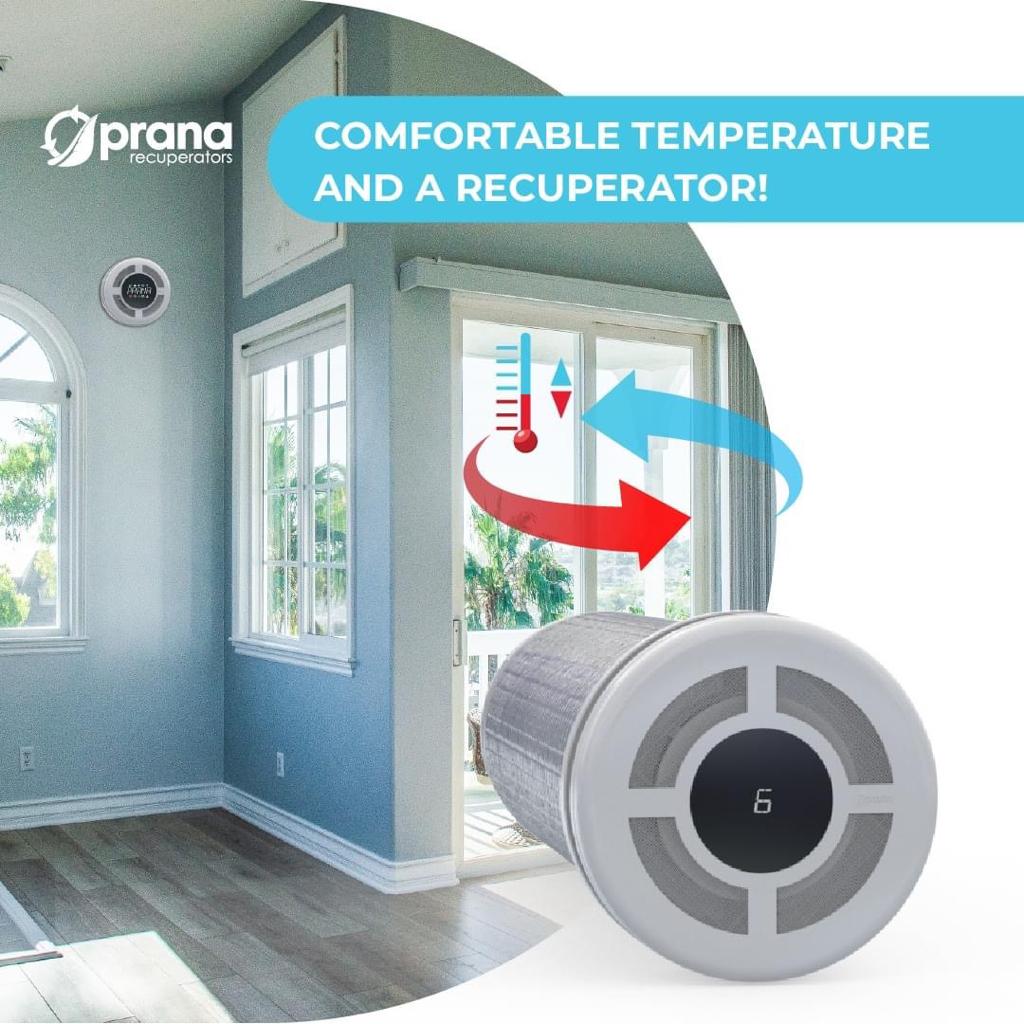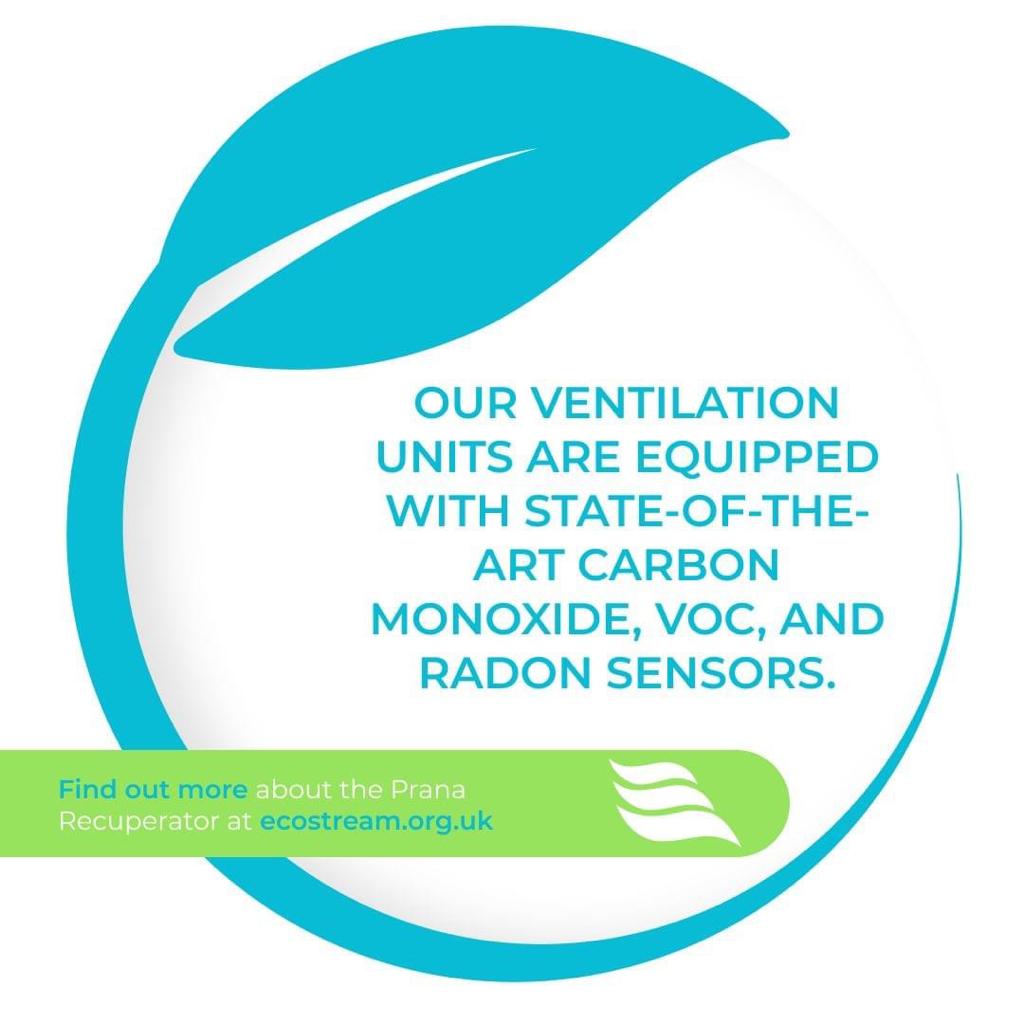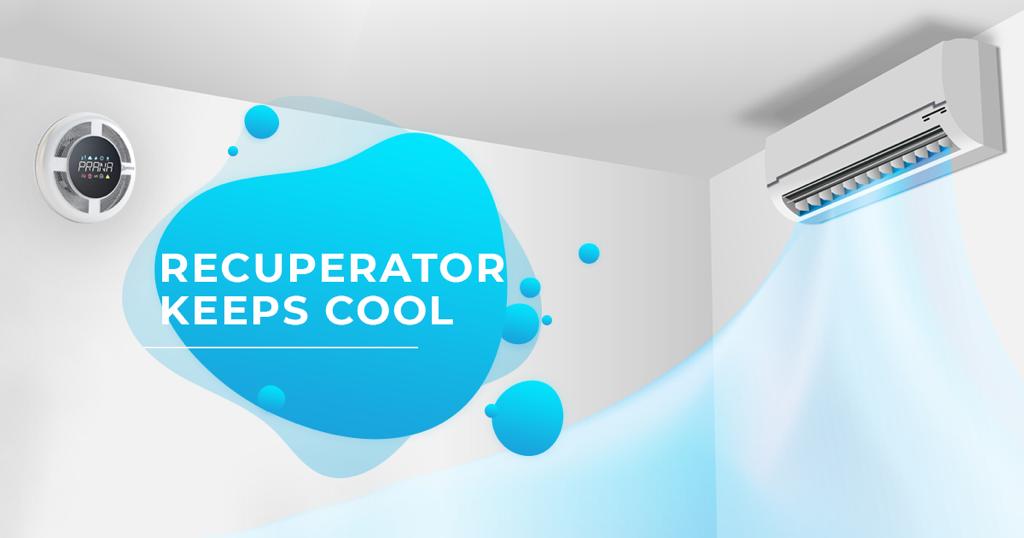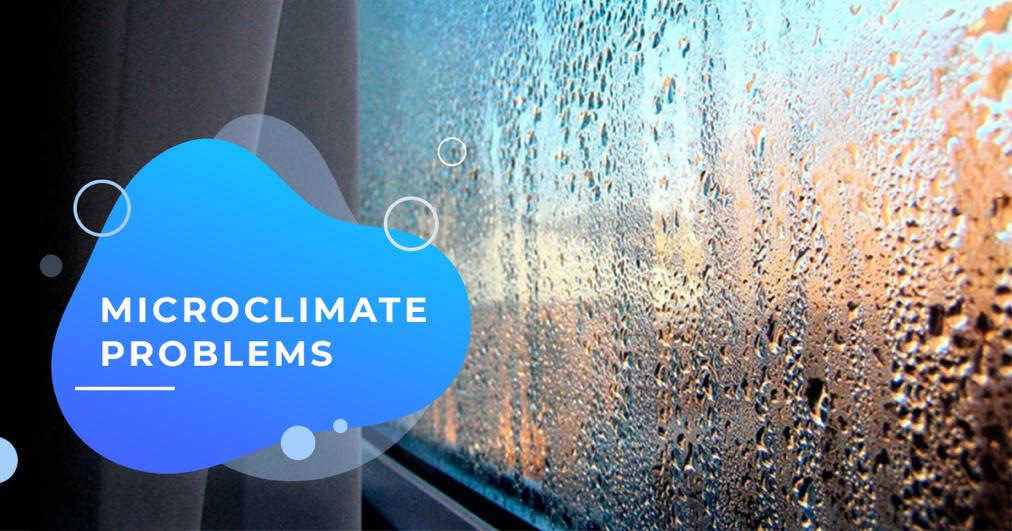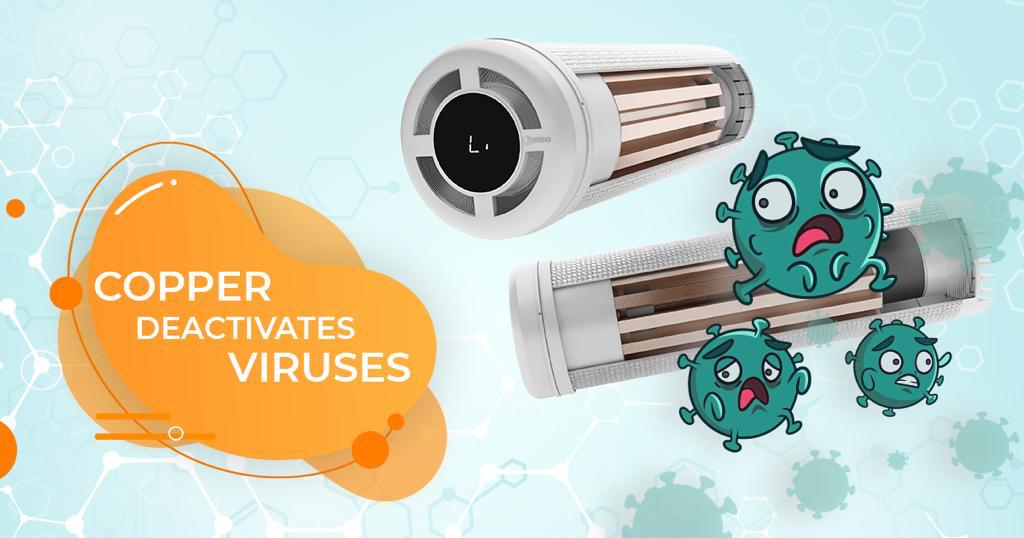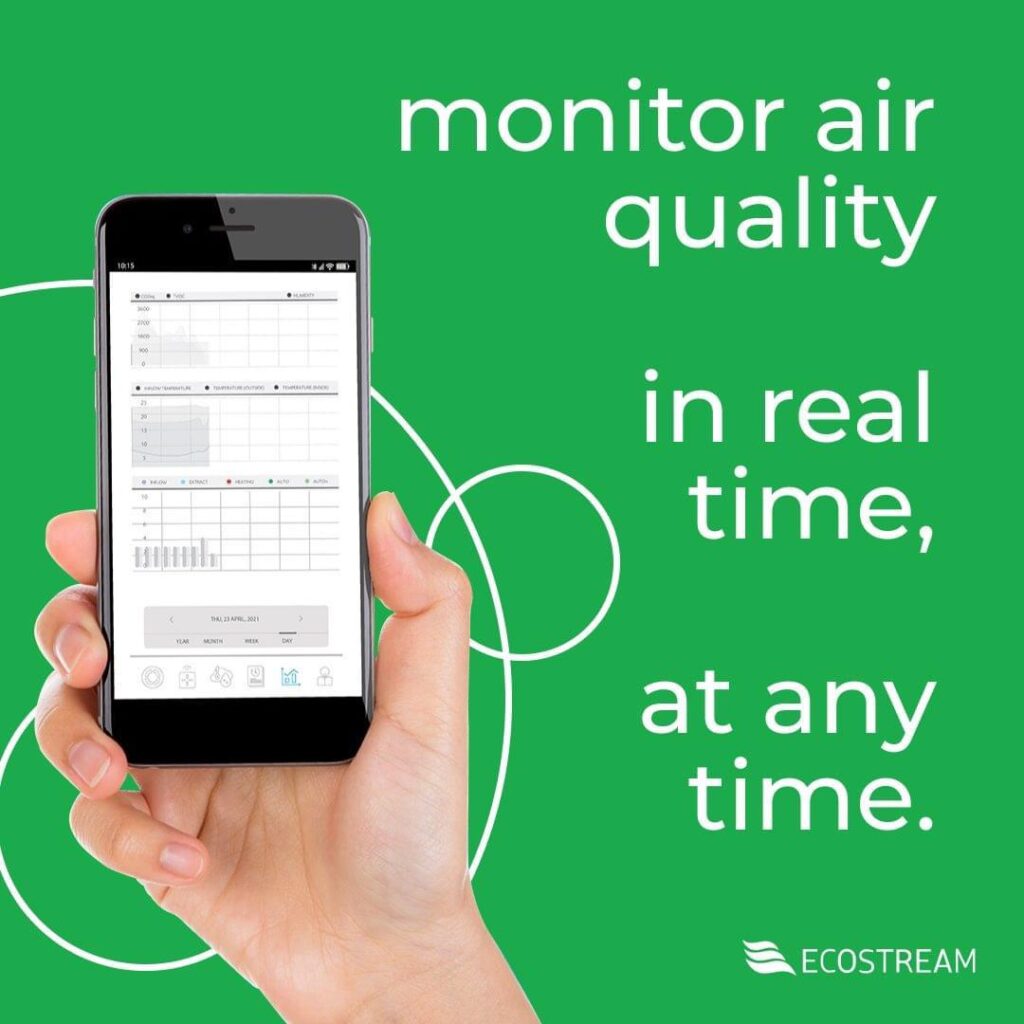Your home is supposed to be a safe haven. But in reality, your home has many surfaces that can harbour and stagnate water, particularly your kitchen countertops and bathroom fixtures. This can lead to things such as mould growth, which can lead to respiratory issues, allergies, and infections. You understand that you must keep your home clean inside and outside.
Poor air quality in your home can cause these issues. You can prevent any complications from happening by taking action upon noticing these signs: sneezing, wheezing, headaches, itchy skin, eye irritation, or nosebleeds, among others. If you want to be more specific about it, look no further than our examples below.
Difficulty in Breathing
When you cough, you can tell that the air is not healthy, especially if air circulation is not at par.
You will be left with stale air in the room, devoid of fresh oxygen. Breathing in dirty air filled with carbon dioxide is dangerous because it could lead to complications or other respiratory problems. If the pollutant levels are high enough, coughing could be fatal. You should take action on this matter immediately.
Allergic Reactions
If you are sneezing, coughing, and having trouble breathing, you may be experiencing hay fever. Hay fever is caused by reactions to pollen and other allergens that occur when the hay fever season ends. During the hay fever season, your body responds to pollen by producing mucus or swelling in the nose, throat, and eyes. This mucus or swelling can cause watery eyes and sneezing.
Skin Dryness
You may suffer from rashes, redness, or dry skin if you cannot pinpoint a reason for your symptoms. One possibility may be poor air quality inside. This is because of the presence of pollutants that latch onto your skin. When bacteria and other air pollutants attach to your skin, they cause dryness, leading to inflammation.
Without the flow of nutrients, your skin will not be able to heal properly.

